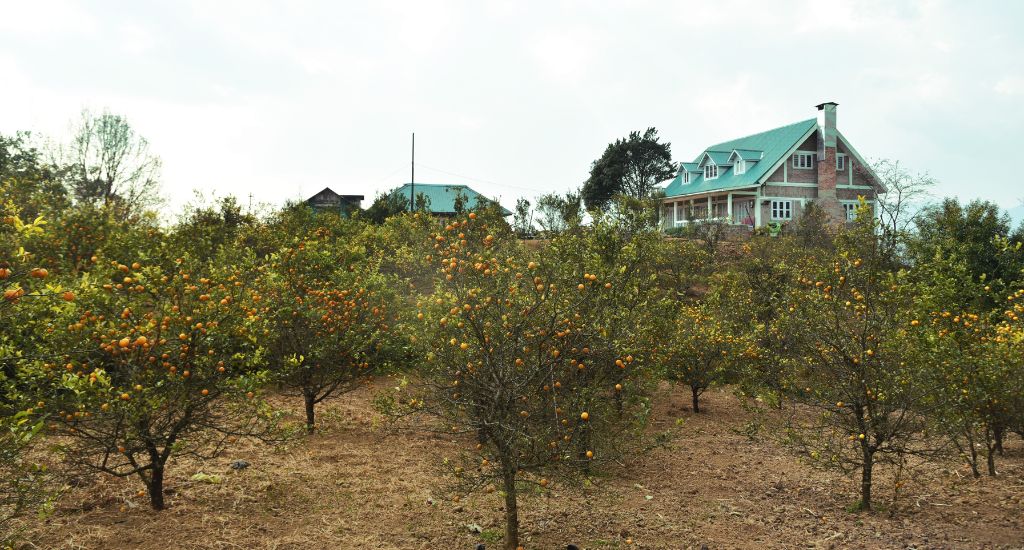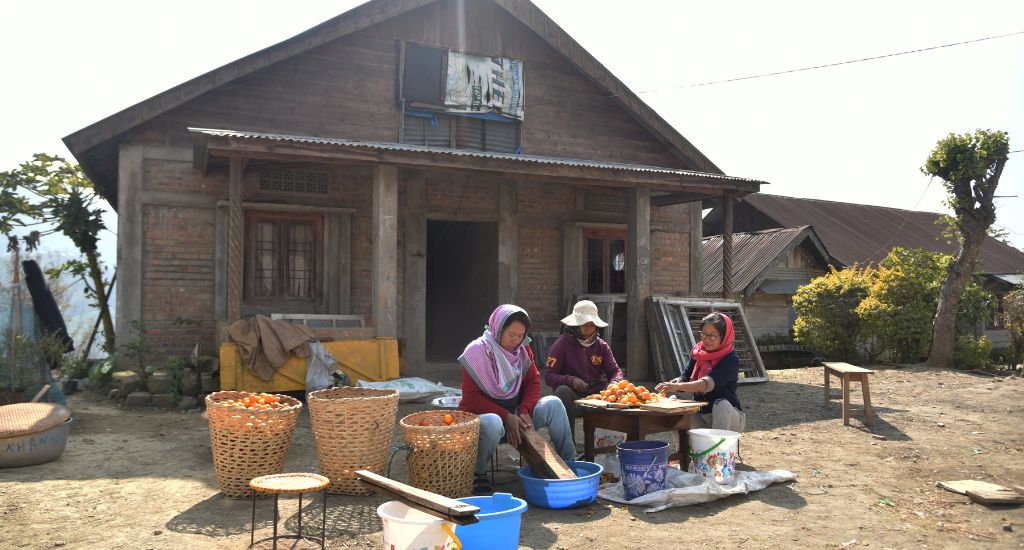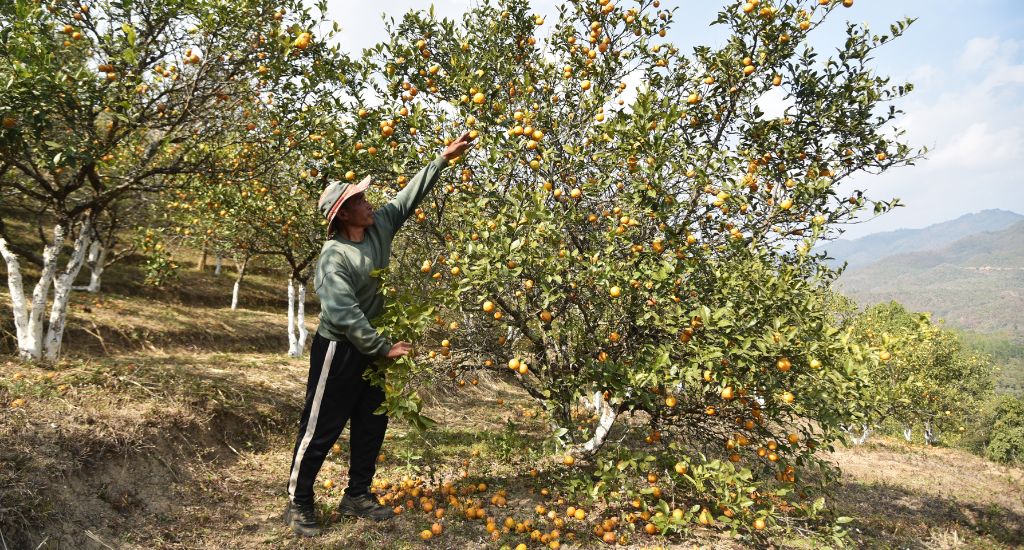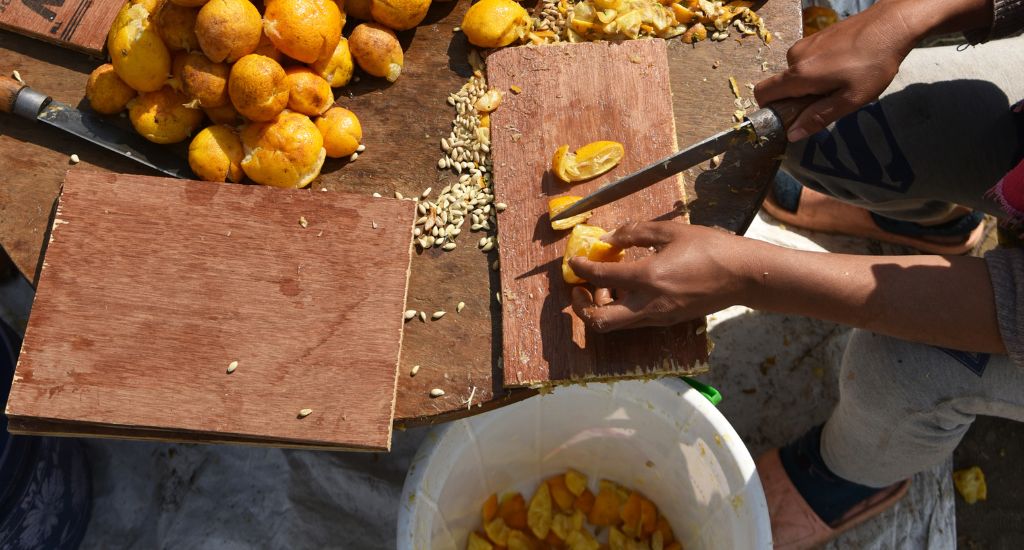
A Manipur village dares to dream, one Kachai lemon at a time
The Kachai lemon of Manipur has transcended its role as a mere fruit to become a catalyst for economic empowerment and self-reliance for people.

The Kachai lemon of Manipur has transcended its role as a mere fruit to become a catalyst for economic empowerment and self-reliance for people.
Nature’s opulence reigns supreme in Manipur. The rich banquet of flavours that adorn the land of jewels bears a gem of unparalleled tartness — Kachai Champra, a lemon with the highest vitamin C content in India. This citrusy marvel grows exclusively in Kachai village, ensconced within the mountainous contours of Ukhrul district of the state.
The allure of the Kachai lemon, a vital part of the village’s economy and identity, lies not only in its succulence but also in its exceptional nutritional value. With a staggering content of antioxidant ascorbic acid or vitamin C ranging between 45mg and 51mg for each 100ml of juice, this lemon stands head and shoulders above its counterparts grown elsewhere in India that record not more than 25-35mg/100ml.

The secret behind the unmatched quality of the Kachai lemon lies in the village’s distinctive topography and climatic conditions. Enveloped in dense fog during the early hours of dawn, the village receives a bountiful supply of moisture, nurturing the lemon trees that thrive in its acidic soil. As the morning mist dissipates, the village basks in moderately hot and humid weather, providing the perfect environment for the citrus fruits to flourish.
Yet, the journey of the Kachai lemon is not merely a tale of geographical advantage but a testament to human ingenuity and perseverance.
Kachai and its lemons seem like a match made in heaven, but it isn’t as straightforward as it may seem. The lemon didn’t originate there.
Also Read: Manipur kindergarten kids learn to rock

In 1944, S Paisho of Kachai embarked on a medical journey to Jorhat in Assam, only to have his eye surgery appointment cancelled. He then ventured to Shillong to rendezvous with renowned Naga politician Suisa Rungsung, seeking their return home together. Suisa, carrying lemon seeds from Shillong for cultivation in his village, graciously shared five seeds with Paisho. Upon returning, Paisho sowed these seeds in Kachai — a seemingly inconsequential gesture that would alter the course of history for the village.
In the fullness of time, two of the seeds took root and blossomed into fruit-bearing trees, heralding the arrival of the first harvest of lemons in the 1950s. The bountiful crop from these trees inspired other villagers to harness the potential of this golden fruit. Subsequently, the village authorities mandated each household to plant a minimum of 50 lemon trees in their yards. The village of around 500 households now boasts around 2 lakh lemon trees. Through collective endeavour, Kachai evolved into the largest producer of organic lemon in Manipur.
Kachai, primarily an agrarian village, sees its farmers toiling in the paddy fields from early spring until October. The culmination of the paddy harvest coincides with the onset of the lemon harvest from the groves, providing a significant economic boost to many villagers.

“The earnings from the October lemon harvest help cover school fees for our children’s final exams,” said Candid Horam, former head of the village’s lemon farmers group. The harvest extends in batches until late February, with proceeds utilised for Christmas celebrations and children’s admission fees for the upcoming academic year.
Beyond lemon sales, Kachai villagers have tapped into the nursery market by selling lemon saplings. Yangmiso Humao, boasting one of the largest lemon orchards, earns around Rs 20 lakh annually from lemon production and sapling sales. He was recently honoured as the best farmer from Manipur by the Indian Council of Agricultural Research (ICAR) during its 49th foundation day celebrations in Shillong.
“Even those cultivating lemons in backyard orchards earn around Rs 4 lakh annually,” said Humao, underlining the economic impact of the lemon that reverberates throughout the village.
Also Read: Inspiring family story in a cup of lemongrass tea
In recent years, interventions from ICAR through Krishi Vigyan Kendra and the rise of self-help groups have spurred creativity in lemon usage. Value-addition initiatives, including lemon pickles, juice and skincare products using lemon extracts have elevated the fruit’s worth. Lemon oil extracts find applications in local cuisine, baking and beverages.

“Our village has come a long way, with fewer lemons going to waste,” observed Candid Horam, urging the youth to continue harnessing the potential of lemons.
Kachai Champra has been awarded the geographical indication (GI) tag. For the residents of Kachai, it symbolises the collective aspirations of a community striving for a better future for its children.
The lead image at the top shows a lemon orchard in Kachai village of Manipur. (Photo by Worngachan A Shatsang)